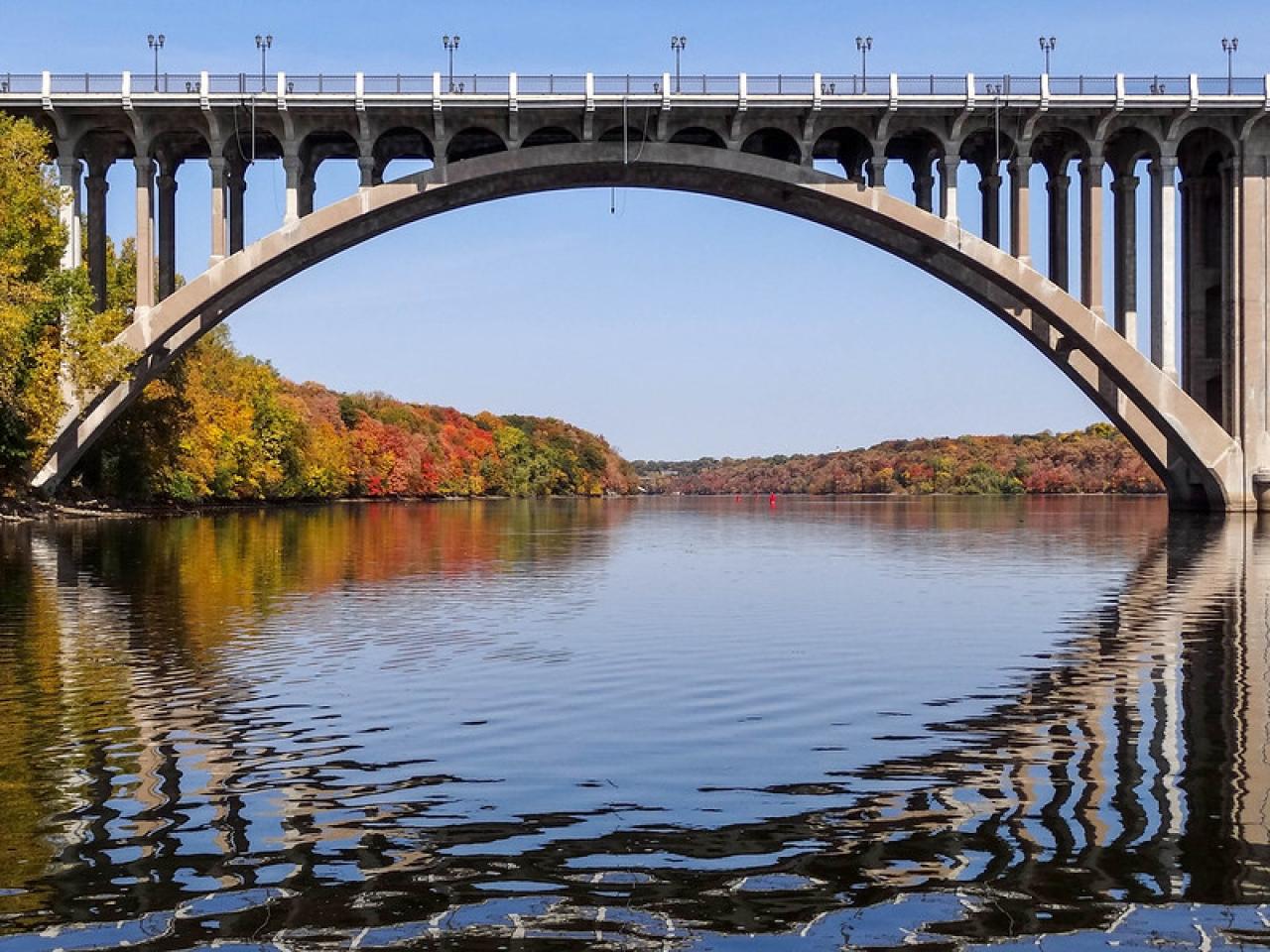Minnesota's Impaired Waters 101

A very brief history of the Clean Water Act
In response to concerns regarding the health and safety of our nations waters, the Federal Clean Water Act was signed into law in 1972.
Created to protect the chemical, biological and physical integrity of our nation's waters, the act and subsequent revisions made groundbreaking changes to the way our nation monitors and protects our waters.
Key ingredients
The Clean Water Act requires states to assess all waters and determine if they meet water quality standards. Waters that do not are added to the Impaired Waters List, updated biannually.
States must also conduct studies to understand a waterbody's "total maximum daily load" or TMDL to set pollutant reduction goals related to soil and other sediments in the water.
The act also requires states and some Native American tribes to adopt specific water quality standards for all water bodies in their jurisdiction. If a particular body of water violates those standards, its considered polluted, and a US EPA-approved clean-up plan must be created.
Setting the standards
Minnesota adopted its first statewide water quality standards in 1967, and todays standards meet or exceed federal Clean Water Act guidelines. These standards define how much of any particular pollutant can be allowed in surface and ground waters.
These standards apply to a wide range of pollutants, including bacteria, chemicals, nutrients, turbidity and mercury.
However, the standard for any particular lake or stream depends on the designated beneficial uses of that water body.
Beneficial uses include drinking water, supporting aquatic life, recreation, and agricultural irrigation, along with several others. Waters designated for drinking water or aquatic life often have different standards for pollutants than waters designated for recreation, agriculture or other uses. For more information on Minnesotas standards, visit the Water Quality Standards page at the Minnesota Pollution Control Agencys web site.
Assessing our waters
The MPCA collects water quality data from state, local and federal agencies, as well as citizen monitors, and then uses this and other information to assess waters for compliance with Minnesotas water quality standards.
If a water body fails to meet one or more of its water quality standards, that water body is considered impaired and is added to Minnesotas Impaired Waters List. This list is also referred to as the 303(d) list which is the section of the Clean Water Act that mandates this assessment and clean up process.
Once a water body is listed as impaired for a certain pollutant, the Clean Water Act requires states to create a cleanup plan. (See the FMR Water Program blog for current news about Minnesota's impaired waters list.)
Cleaning up impaired waters: The TMDL
For each impairment on the Impaired Waters or 303(d) list, the Clean Water Act requires completion of a pollution reduction plan. These are known as "TMDLs."
TMDL stands for Total Maximum Daily Load."
There's a TMDL number — the maximum amount of a pollutant that a waterbody can receive and still meet water quality standards.
And a TMDL study — an extensive study of all the sources of a given pollutant contaminating the impaired water and the amounts by which each of these contributing sources must be reduced in order to meet water quality standards.
The TMDL eventually results in a comprehensive pollution reduction plan. These plans dont define how the necessary reductions will be made, but instead details how much contributing sources will be reduced in order to meet the standards. TMDLs are made available for public comment before being submitted to the US EPA for final approval.
Once a TMDL is approved, a detailed implementation plan is created to determine how each contributing source of the pollutant will achieve its required reductions. If the impairment is severe, achieving these reductions often includes extensive restoration activity and can require a substantial investment of time and resources.
To learn more about Minnesota's Impaired Waters in general, visit the Minnesota Pollution Control Agency.
Become a River Guardian
You can make a difference in the health of our waters by joining the FMR River Guardians. When the time is right, we'll send you a link to act online quickly, and we'll also be in touch with invitations to occasional special events including River Guardian happy hours.